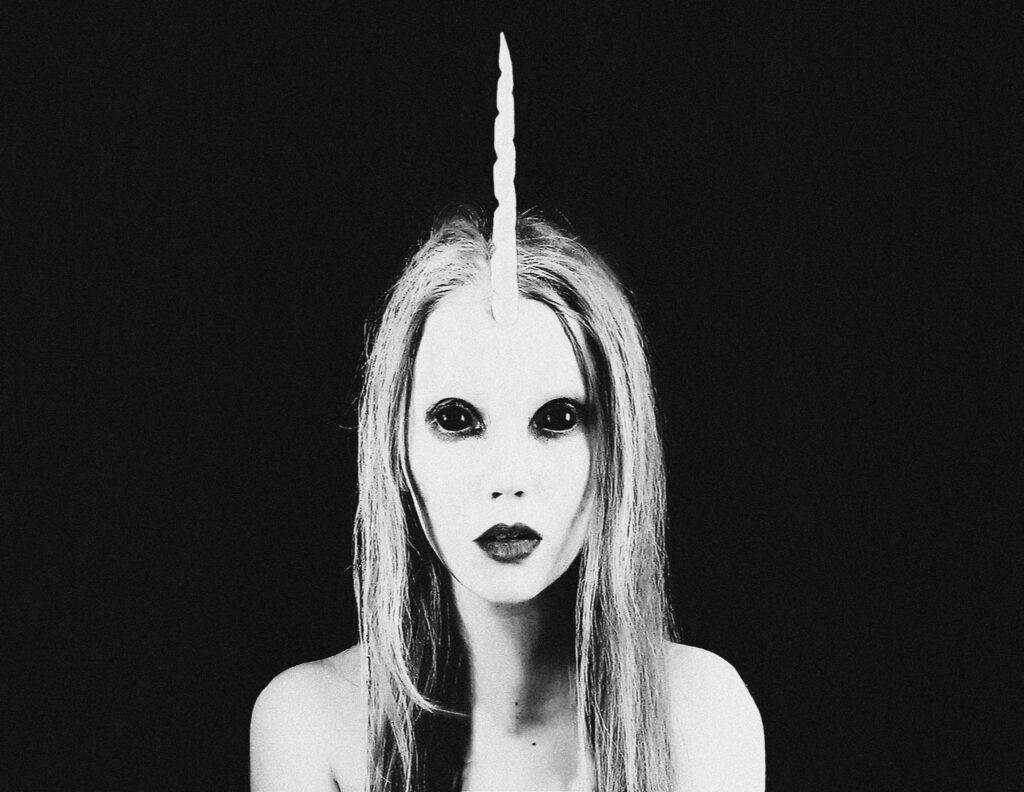Tim Burton’s distinctive filmmaking style has captivated audiences worldwide, earning him a reputation as a visionary director. His films are renowned for their unique aesthetic, thematic depth, and memorable characters. This article delves into the key characteristics that define Burton’s cinematic approach.
Visual Aesthetics: The Hallmark of Burton’s Style
Burton’s visual style is immediately recognizable, often characterized by dark, gothic elements juxtaposed with whimsical, fairy-tale motifs. This contrast creates a surreal atmosphere that immerses viewers in his imaginative worlds.
Gothic and Surreal Set Designs
Burton frequently employs elaborate set designs featuring gothic architecture, eerie landscapes, and exaggerated structures. Films like “Edward Scissorhands” and “Beetlejuice” showcase this aesthetic, blending the macabre with the fantastical to create visually striking environments.
Distinctive Color Palettes
Color plays a crucial role in Burton’s films. He often utilizes muted tones and monochromatic schemes to evoke a sense of melancholy or nostalgia. In contrast, bursts of vibrant colors are used strategically to highlight key elements or characters, as seen in “Alice in Wonderland.”
Recurring Themes: Exploring the Human Condition
Beyond visual elements, Burton’s films are rich with recurring themes that explore complex aspects of the human experience.
Outcasts and Misfits
Central to many of Burton’s narratives are characters who feel alienated or misunderstood. Edward from “Edward Scissorhands” and Lydia from “Beetlejuice” exemplify this motif, reflecting Burton’s own experiences and resonating with audiences who have felt like outsiders.
Juxtaposition of Light and Dark
Burton masterfully balances light-hearted, whimsical elements with darker, more sinister undertones. This duality is evident in “The Nightmare Before Christmas,” where the eerie world of Halloween Town contrasts with the cheerful Christmas Town, highlighting the interplay between joy and despair.
Influences: Shaping Burton’s Artistic Vision
Burton’s unique style is shaped by various influences, from classic literature to personal experiences.
Literary and Cinematic Inspirations
Burton draws inspiration from gothic literature and classic horror films. The works of Edgar Allan Poe and the performances of Vincent Price have significantly influenced his storytelling and aesthetic choices.
Personal Experiences
Burton’s upbringing in suburban Burbank, California, and his feelings of isolation have deeply impacted his work. These personal experiences manifest in his films through themes of alienation and the search for belonging.
Collaborations: Building a Cohesive Creative Team
Consistent collaborations have played a pivotal role in bringing Burton’s visions to life.
Frequent Collaborators
Actors like Johnny Depp and Helena Bonham Carter have become synonymous with Burton’s films, bringing depth and nuance to his unique characters. Composer Danny Elfman’s musical scores further enhance the atmospheric quality of Burton’s storytelling.
Impact on Film Industry
Burton’s collaborations have not only defined his films but have also influenced the broader film industry. His partnership with Elfman, for instance, has set a standard for how music can complement and elevate visual storytelling.
Conclusion: The Enduring Legacy of Tim Burton
Tim Burton’s filmmaking characteristics—his distinctive visual style, exploration of complex themes, and collaborative approach—have solidified his status as a cinematic auteur. His ability to blend the whimsical with the macabre continues to inspire filmmakers and captivate audiences, ensuring his legacy endures in the annals of film history.


